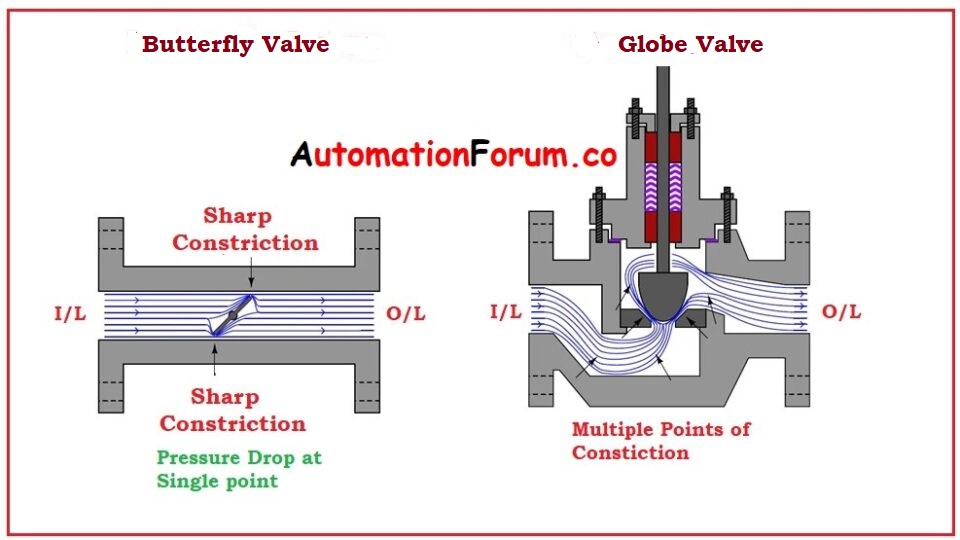Classification of control valve leakage

Control valves are intended to throttle flows and without valve
The capacity to shut down has to do with valve type. There are very bad shutdown skills for
There are two kinds of valve leakage: fugitive emissions from the valve to the atmosphere, and leakage through the valve but within the piping scheme. Fugitive emissions can be harmful to the environment as well as a potential risk to safety.
Reasons that Valves Leak:
Common causes of leakage of
Valve is not completely closed. This may be due to multiple factors, including- Valve seat preventing complete closure owing to rust, line debris, etc.
- Insufficient actuator travel
- Valve seat damage, e.g. scored
- Valve seals damage
Valve Leakage Classifications
Class I – Valve Leakage Classifications
In construction and design, identical to Class II, III and IV, but no real shop test is performed. Also known as dust tight, Cass I can refer to sitting metal or resilient valves.
Class II – Valve Leakage Classifications
Designed for double port or balanced single port valves with metal piston ring seal and metal to metal seats.
- 0.5% leakage of full open valve capacity
- Service dP or 50 psid (3.4 bar differential), whichever is lower at 50 to 125 oF
- Test medium air at 45 to 60 psig is the test fluid
Class III – Valve Leakage Classifications
Intended for the same types of valves as in Class II.
- 0.1% leakage of full open valve capacity
- Service dP or 50 psid (3.4 bar differential), whichever is lower at 50 to 125 oF
- Test medium air at 45 to 60 psig is the test fluid
Typical designs:
- balanced, double port, smooth seats, low seat load
- Balanced, single port, single graphite piston ring, metal lapped seats, medium seat load
Class IV – Valve Leakage Classifications
Designed for single port and balanced single port valves with additional tight seals for pistons and metal to-metal seats.
- 0.01% Full open valve capability leakage
- Service dP or 50
psid (3.4 bar difference), reduced at 50 to 125 oF - Test medium air at 45 to 60
psig .
Class V – Valve Leakage Classifications
Intended for the same types of valves as Class IV
- The test fluid is water at 100 psig or operating pressure
- Leakage allowed is limited to 5 x 10-4 ml per minute per inch of orifice diameter per psi differential
- Service dP at 50 to 125 oF
Class Vl – Valve Leakage Classifications
Class Vl is known as a classification for smooth seats. Soft Seat Valves are those where the seat or shut-off disk or both are made of some resilient material like polytetrafluoroethylene (PTFE). Designed for resilient valves for seating.
- The test fluid is air or nitrogen
- Pressure lower than 50
psig or working pressure - The leakage limit depends on the volume of the valve and varies between 0.15 and 6.75 ml per minute for valve sizes 1 to 8 inches





